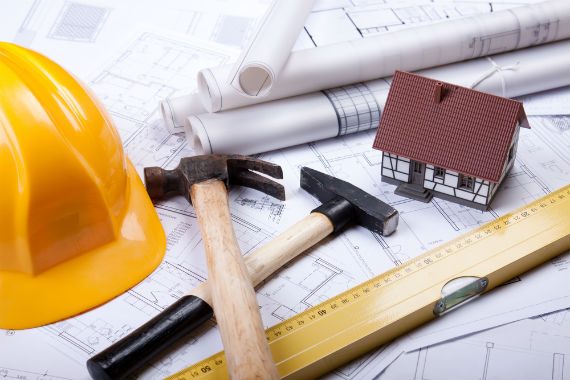Find out how to lower your energy bill
With the obligation to obtain an energy certificate for our homes we have realized that in most cases the certified buildings get a low rating in comparison with the homes of the rest of the European countries.
In June 2013, the Royal Decree was passed, making it mandatory to obtain an energy certificate for commercialization, either in the form of sale or rental. The fact of doing it without that document can carry sanctions of up to 6000 euros.
We are increasingly aware that an energy-efficient attitude can lead to an increase in the savings of our energy bill. With some simple changes in our home we can go from getting a grade of F or G to an A.
Opting for simple measures can turn our home into an example of energy efficiency that allows us to reduce our energy bill considerably.
Take pencil and paper to write down these 10 tips to get it;
- The most important is to provide the house with thermal insulation that allows a reduction of up to 50% in energy
- Like the thermal insulation, it is important to equip the building with efficient windows to avoid the loss of heat or cooling that causes an extra expenditure of energy.
- Maintain an efficient temperature inside the home. In winter, the optimum temperature is between 18-20ºC and in summer between 24-26ºC.
- Opt for appliances with a high energy certification that reduce spending.
- Choose biomass or condensing boilers that significantly reduce CO2 emissions into the atmosphere. Although these boilers have a higher price, the investment is recovered after a few years because of the savings they produce in the energy bill.
- Change conventional lighting sources to led lights that consume much less.
- Use geothermal energy as a heating source. This renewable energy is little known and bases its potential on obtaining heat from the depth of the earth.
- Use mechanisms that allow us to save energy such as presence detectors for lights, thermostats and timers for heating, turn off appliances that do not use directly from the network to allow savings of up to 10%.
- Take advantage of natural light. With this simple measure we will save on heating and with it we will reduce our energy bill making our house more energy efficient.
- Perform a preventive and periodic maintenance to our appliances and heating appliances preventing them from malfunctioning and functioning correctly preventing their consumption from being superior and therefore inefficiently energetic.
Thermal insulation, the first step for energy efficiency
Focusing on the first of the tips, to start saving on our energy bill is the installation of a good thermal insulation in our home. Depending on the characteristics of the building, specific façade insulation will be needed. In the case of the facade have air chambers, a feature known as “double wall”, the best option is thermal insufflation. On the other hand if we need a thermal insulation for interior walls we may need another type of system or insulating material.
A building, house or house thermally insulated returns comfort to the interior and achieves that our energy bill decreases every month making in a very short time very profitable the money invested in the installation.




